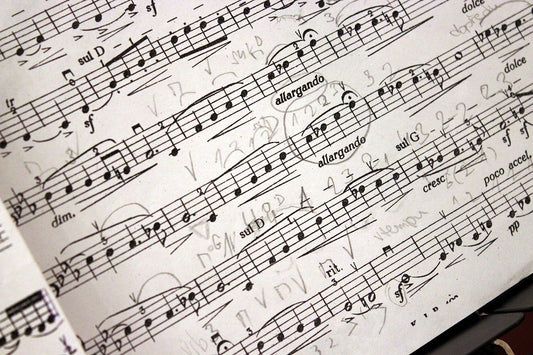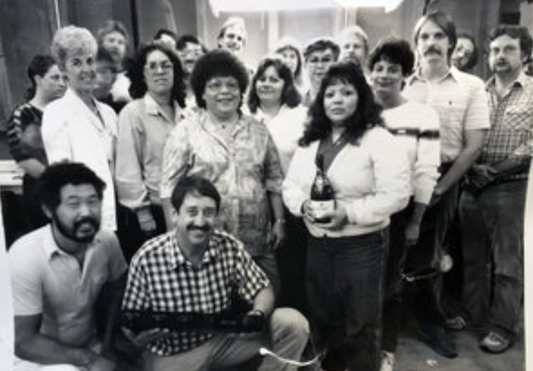Perhaps the single best reason to use separate speakers drivers is not to lower distortion, but to optimize performance. A woofer can move a lot of air because of its size, mass and length of piston movement; all necessary requirements for lower frequency musical notes. A tweeter, on the other hand, has the opposite characteristics: small size, low mass and small piston movement. Each is optimized for the task at hand.
A woofer will always be better and making low notes than a tweeter will be at the same task.
But how do you separate the low notes from the high notes? Through the use of a crossover network.
There are two types of elements used in a typical crossover: a capacitor and an inductor.
A capacitor cannot pass DC (battery voltage), but it easily passes AC and that makes it very useful for a number of purposes.
The difference between AC and DC is movement. AC is voltage that is constantly moving between + and - (on and off). It's what music is. Move between on and off quickly enough and we mimic air pressure movement that pushes our eardrums in and out to hear. Connect the fast moving AC to a loudspeaker driver and it too moves in and out, on and off, and we hear sound.
DC does not move. Instead there is a constant + and -. Just picture a battery with its two terminals sitting there and you will understand DC.
Now let's put this knowledge together to understand how a capacitor helps us with our crossover. Capacitors do not pass DC, they only pass AC. So far, so good. But as I mentioned earlier, the difference between AC and DC is movement: the first moves, the second doesn't. But movement is somewhat of a relative term and it depends on how close you're looking. DC actually does move, it only does it slowly; sometimes very slowly - like glass. Glass is actually a very slow moving liquid but from our perspective it's so slow it appears as a solid.
If we speed DC up, perhaps moving from on to off once per second, we now start to call it AC because we can see movement. To a capacitor, any movement makes a difference in what passes through it or doesn't and the determining factor in what moves through or stays put is size. The bigger the capacitor, the more low moving AC it will pass. Bigger equals lower in a capacitor.
So to use a capacitor in a crossover network, the simplest thing to do is put it between the power amplifier and the tweeter. Depending on the size of the capacitor, lower frequencies like bass notes will not push through to the tweeter, while everything above those frequencies will pass right on through unimpeded by the capacitor. The speaker designer need only choose the proper sized capacitor to suit his needs and we have our first crossover element.
Tomorrow the inductor.








